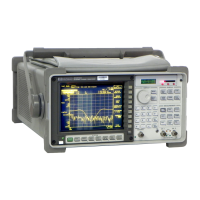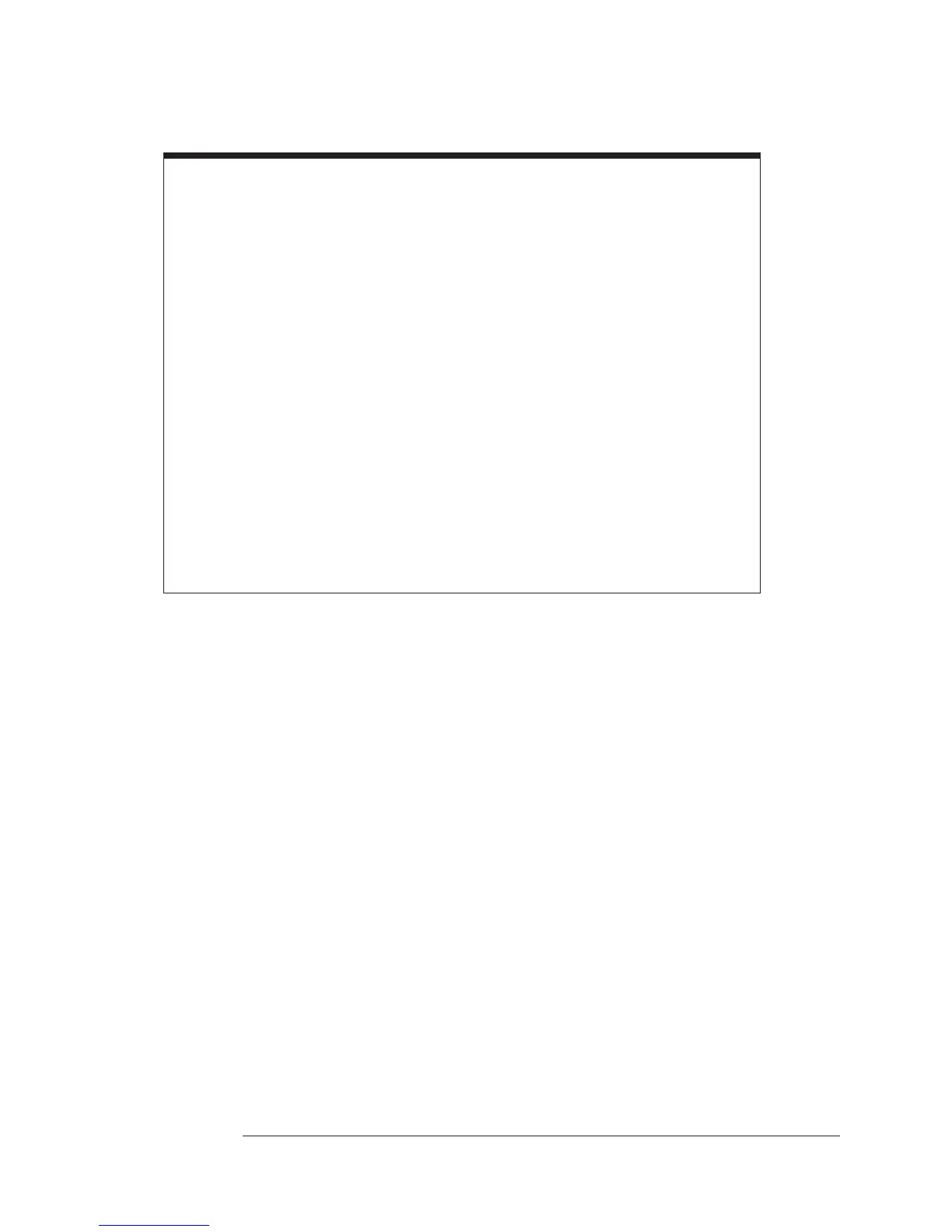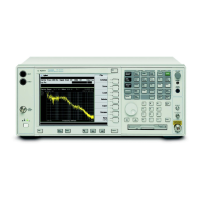Using Real Measurement Data In Curve Fitting
Real measurement data can make it difficult to
evaluate the curve fit accuracy because you do
not know where the system poles and zeros are.
Repeated roots and heavily damped poles can
“hide” behind lightly damped poles. To
compound the problem, real data has noise, bias
errors, nonlinearities and the associated
distortion. Linear coefficients deal with the
realities of measured data. The curve fitter in the
Agilent 35670A has been optimized to handle
these experimental realities. Numerical
instability (non-convergence) and fitting poles
and zeros to measurement noise have been
eliminated or minimized.
The curve fitter can produce numbers that are
questionable, however. You must still provide
the proper engineering judgement in evaluating
the results. Even though the curve fit operation
contains expert-system-tools to eliminate many
of the more common fitting problems, some
minor extraneous pole and zeros will get
through.
To obtain a minimum order system with
maximum accuracy in the model, you must start
with good, quality measurements. Random noise
is the recommended test stimulus and
measurements with a coherence value of 0.9999
are recommended.
Agilent 35607A
Curve Fit Option 1D3 Operator's Guide
16-4

